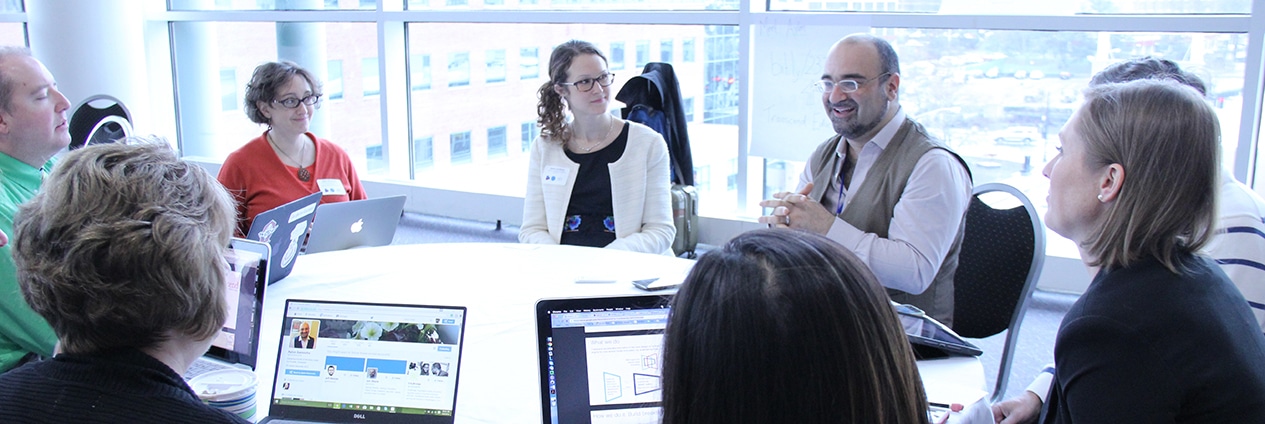Introduction
Amidst calls to personalize learning and blend K–12 classrooms, all too often we stop short of specifics. When the Highlander Institute and the Clayton Christensen Institute came together last year to plan the 2016 Blended and Personalized Learning Conference, our goal was to organize an event that focused on the tactical and practical. We also wanted an event that put practitioners at the center of the conversation so as to ensure that practices in the field are keeping pace with blended and personalized learning rhetoric.
To that end, we invited over 150 leaders and teachers from around the country to participate in a daylong meeting of the minds in Providence, R.I. These practitioners had demonstrated willingness to innovate in their classrooms and schools, and a number had already seen promising results since implementing blended and personalized models.
Over the course of the conversations, participants shared their best strategies for seeding and scaling innovative instructional models. Far and away, the refrain that came up again and again was not around any one instructional model or software tool; rather, participants continuously stressed the importance of managing change. The following report synthesizes some of the key themes that emerged as these early adopters shared their change management tips from the frontlines.




